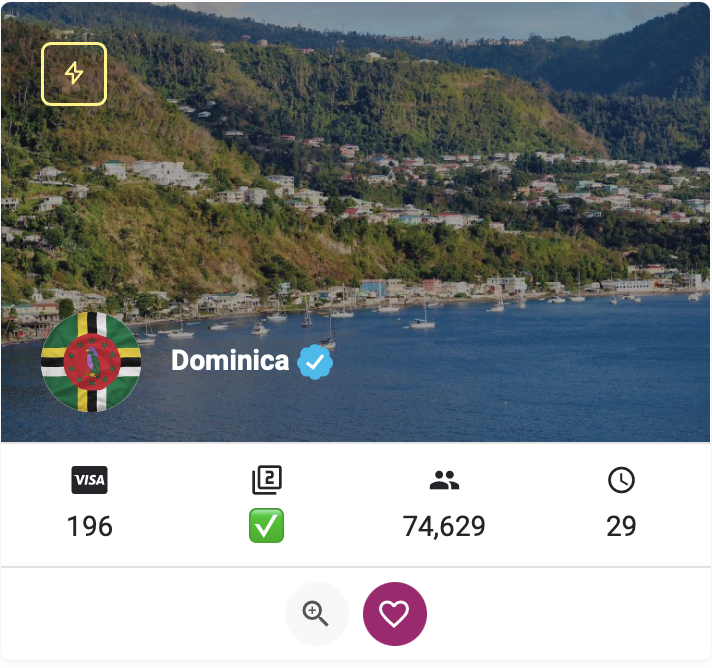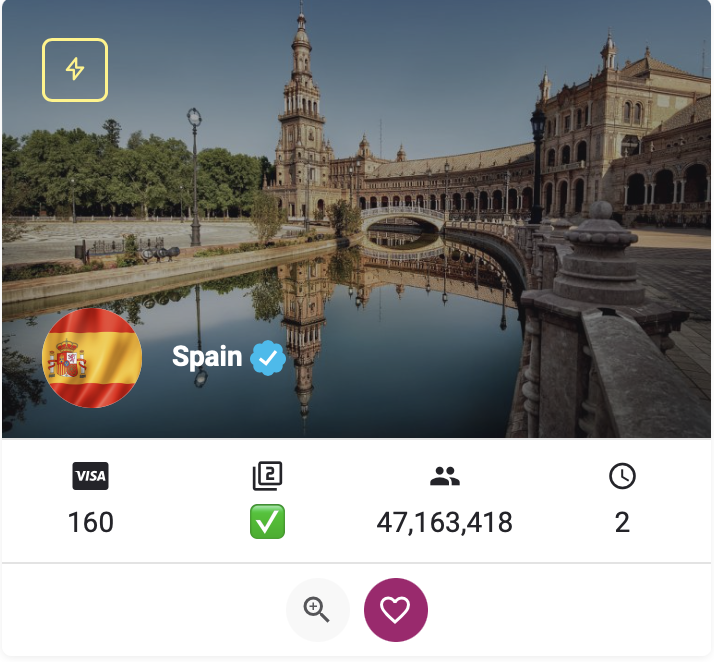Hungary is located on the continent of Central Europe and is associated with Slovakia, Serbia and Croatia, Romania and Austria. The official language of the country is the city of Budapest. In this article, we intend to examine Hungary, population, capital and important cities, geographical location, economics, country flag, people’s culture, language and religion, etc. So join the Migration Magazine.
Read more: Immigration to Hungary
Name of Hungary
It is interesting to know that the official name of Hungary is Magyarország which means the Hungarian land. The name of the name of one of the Material Tribes was in 895, which is rooted in the Ogi language. The name is inspired by the material tribe, and the other is Hungary’s English name, which most of the people and the Greek people use.
Population density
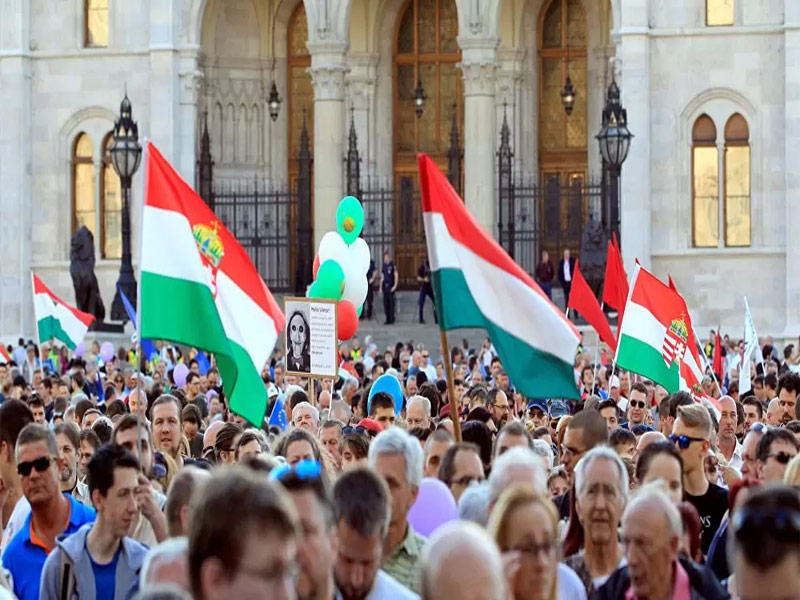
According to the latest census, the population was close to 10,000,000. It is interesting to know that 88 percent of the population is inhabited by Hungarian people. The remaining 12 % is made up of Romanian, Serbian, Croatian, German and gypsy peoples. Its area is 93,030 square kilometers and nearly 50 percent of the population lives in the capital (Budapest).
Hungary’s political structure and structure


The Hungarian government is a kind of multi -party government, and every five years elected one of the members of the National Assembly as president, although the election has more ceremonial appearance. The president is also the commander of the armed forces, and the president is elected by the President.
The members of the National Assembly, the government and the presidential organization are built in the capital of the country (Budapest). New constitutional laws have been implemented in 2012, but it was not approved by the European Union, so they warned the Hungarian government to impose reforms and changes in the constitution.
The Republic of this country has a legislative parliament and MPs are elected every four years. The prime minister is responsible for choosing the country’s ministers.
Hungarian province and cities
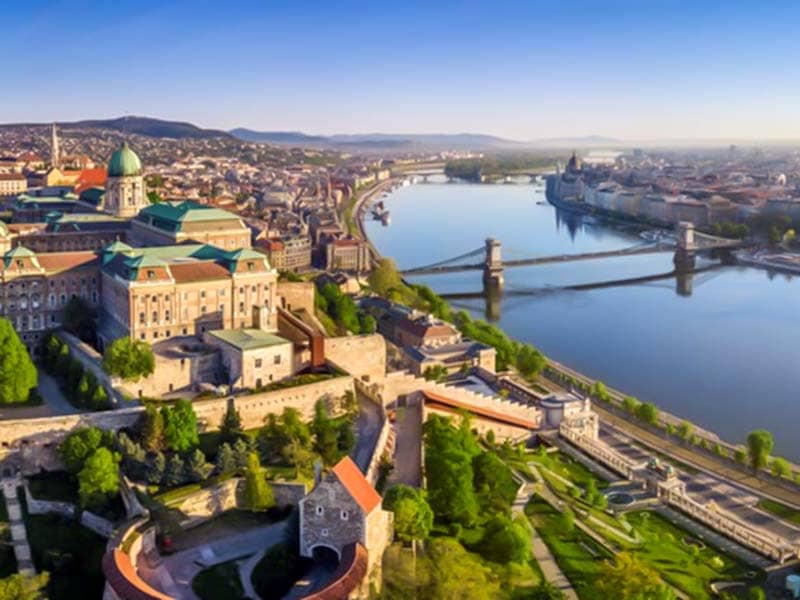

The country consists of 19 cities and the capital of the country, Budapest It is the most populous city in the country. It is interesting to know that Budapest is independent of 19 provinces and Segad is the largest city in the country.
Important cities of the country:
- Debersen
- Seguard
- Patch
- Miccoltz
- Dior
- Cup
Hungarian Country flag
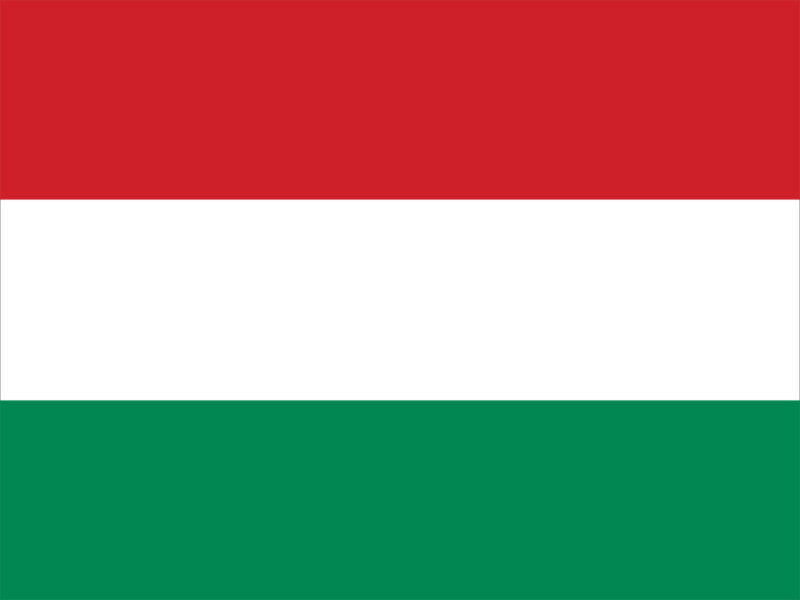

The Hungarian flag is recognized as a civilian flag on December 21, 1949. The flag is made up of 3 colors of red, white, green. Each of the flag colors has a special meaning.
Red means the blood of people who sacrificed their lives for their country. White means loyalty and peace of mind, and green reflects the hope and motivation of its citizens and greenery.
Neighboring countries and borders of Hungary
Neighboring and bordering countries are:
- Austria (in the West)
- Slovakia (in the north)
- Ukraine (in the northeast)
- Romania (in the east)
- Serbia (south)
- Croatia (southwest)
- Slovenia (southwest west)
Hungary is located in the heart of Central Europe and has strategic access to the east and western Europe.
Hungarian Muslims
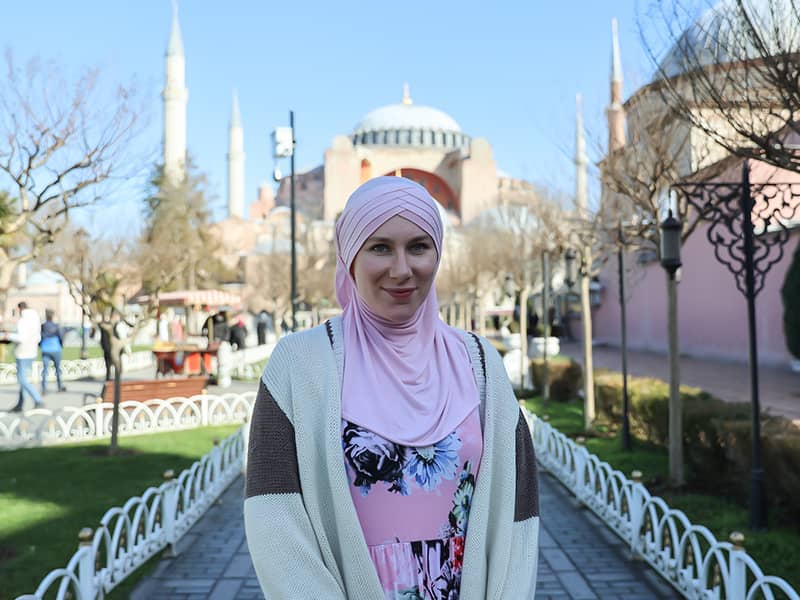

In the past, the Islamic religion entered the country by the Ottomans, with about 26,000 people of the total population of the country. It is interesting to know that Islam has been recognized in this country and Muslims are currently living in some cities. Most Muslims live in the capital of the country (Budapest city) and the cities of Darbessen, Dior and Ciclus.
Economics
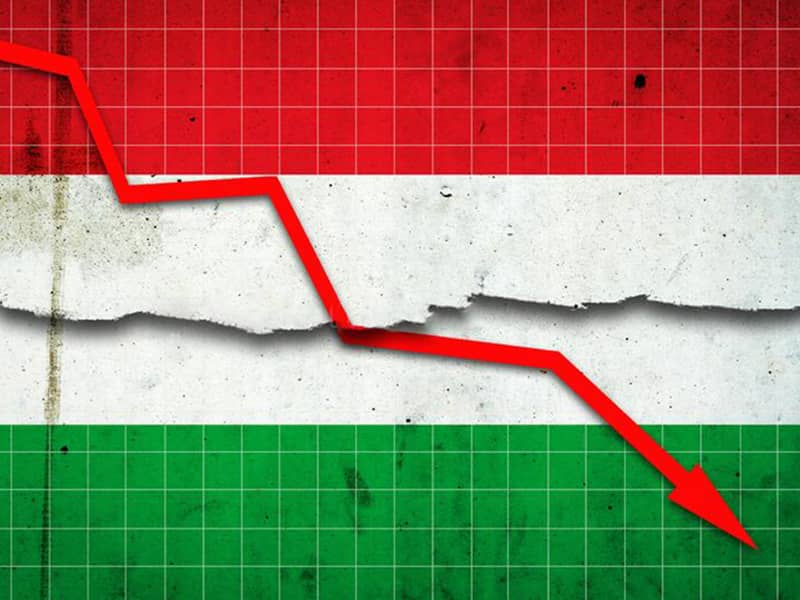

In the past, the economy was not in good shape and later joined the Economic Cooperation Organization in 1995. It is currently a very advanced and developed economy and is one of the best EU countries in terms of economic situation.
It is interesting to know that its economy is one of the fifty -seventh largest and powerful economy in the world. Exports include machinery, agriculture, industrial machinery, cereals and engineering tools and is one of the world’s major importers and exporters.
Geographical location and climate


Hungary on the north is Slovakia, on the south, with Serbia and Croatia, on the east and southeast with Romania, on the west, with Austria and on the southwest with Slovenia and has a common border.
Hungary has two famous rivers called Danube and Tisa, which is divided into three parts by Faradanub, Endisa, and Danube. It has a temperate and temperate climate and has hot summers and cold winters.
In general, the climate is temperate in the spring and autumn, and the climate of the capital (Budapest city) is very good and temperate and different from other cities. It is interesting to know that the largest hot water lake is located in the world, Lake Hoiz.
Hungary Culture
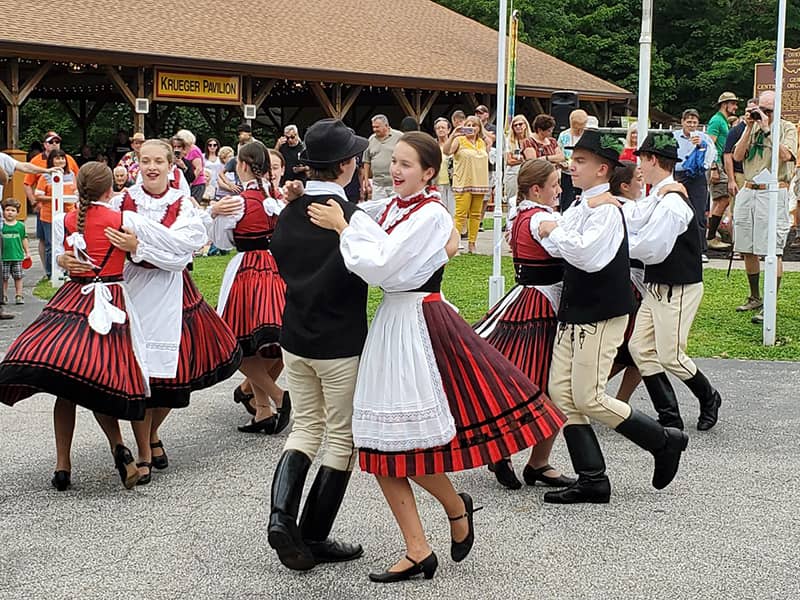

The culture of the people of this country is very diverse because people have emigrated to this country with different cultures. The country’s famous handicrafts are embroidery, pottery and carving. One of the topics in this country and the importance of this country is literature and poetry in the language of the Hungarian.
One of the good things about Hungary is that they pay special attention to the elderly women and people. Another interesting culture and belief in the Hungarian people is that they do not believe in post -death life and have no fear of death.
The language of the people of Hungary
The official language of Hungary is the language of Hungarian, and most citizens (almost 90 % of the country’s population) speak the Hungarian language. The country is central to the European continent, but its official language is different from the language of other European countries. Of course, some people speak English in English.
Hungarian religion
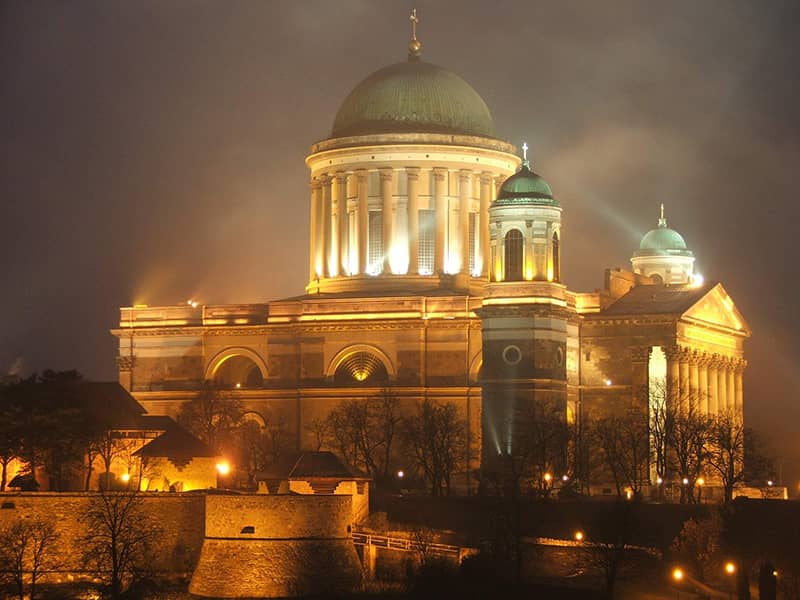

This country has no particular and recognized religion and is free and free to follow any religion and religion in this country. Approximately 55 percent of the country’s population follow the Catholic religion, as well as some people follow the Protestant religion. It should be noted, however, that approximately 1,000,000 people follow the religion of Judaism and nearly 20 % of the population are not following any religion.
Immigration laws to Hungary
The laws of immigration to Hungary vary depending on the purpose of residence (education, work, investment, family, asylum, etc.). Here are some practical summary of the main immigration paths:
🧳 Work residence (Work Visa / Residence Permit for Employment)
- Need job offer from the Hungarian employer
- 2 -year -old residence permit (renewable)
- Jobs in the fields of IT, engineering, health care, industrial production, and construction are the most demand.
🎓 Academic Residence
- Acceptance from Hungarian University or Institute of Education
- Issuance of Study Visa + Student Residence Card
- Ability
💼 Immigration through investment or company registration
- Corporate Minimum Capital Registration (Recommended € 1.5)
- Get a residence permit as CEO
- Route to permanent residence in case of actual activity and taxation
❤️ Family Residence
- For close family members (spouse, child, dependent parent)
- Based on a family -friendly relationship with a Hungarian resident or resident
🛡️ Asylum
- Only in case of strong reasons (political, religious, ethnic, etc.)
- Complex steps and time on, with the possibility of high rejection
📌 Permanent residence and citizenship
- Permanent residence after 5 years of legal and continuous residence
- Hungary Citizenship After 5 years of legal life (without criminal records, Hungarian language knowledge, and social integration)
Migration Magazine Final Speech
Given the above, we conclude that Hungary is located on the continent of Europe and its capital is Budapest. Budapest is the most populous city in the country and its population is approximately 10,000,000.
It has no formal religion, but about 55 % of the population of its people is a Catholic religion. The official language of the country is the language of the Hungarian, but some people speak English.
(tagstotranslate) Hungary
RCO NEWS








